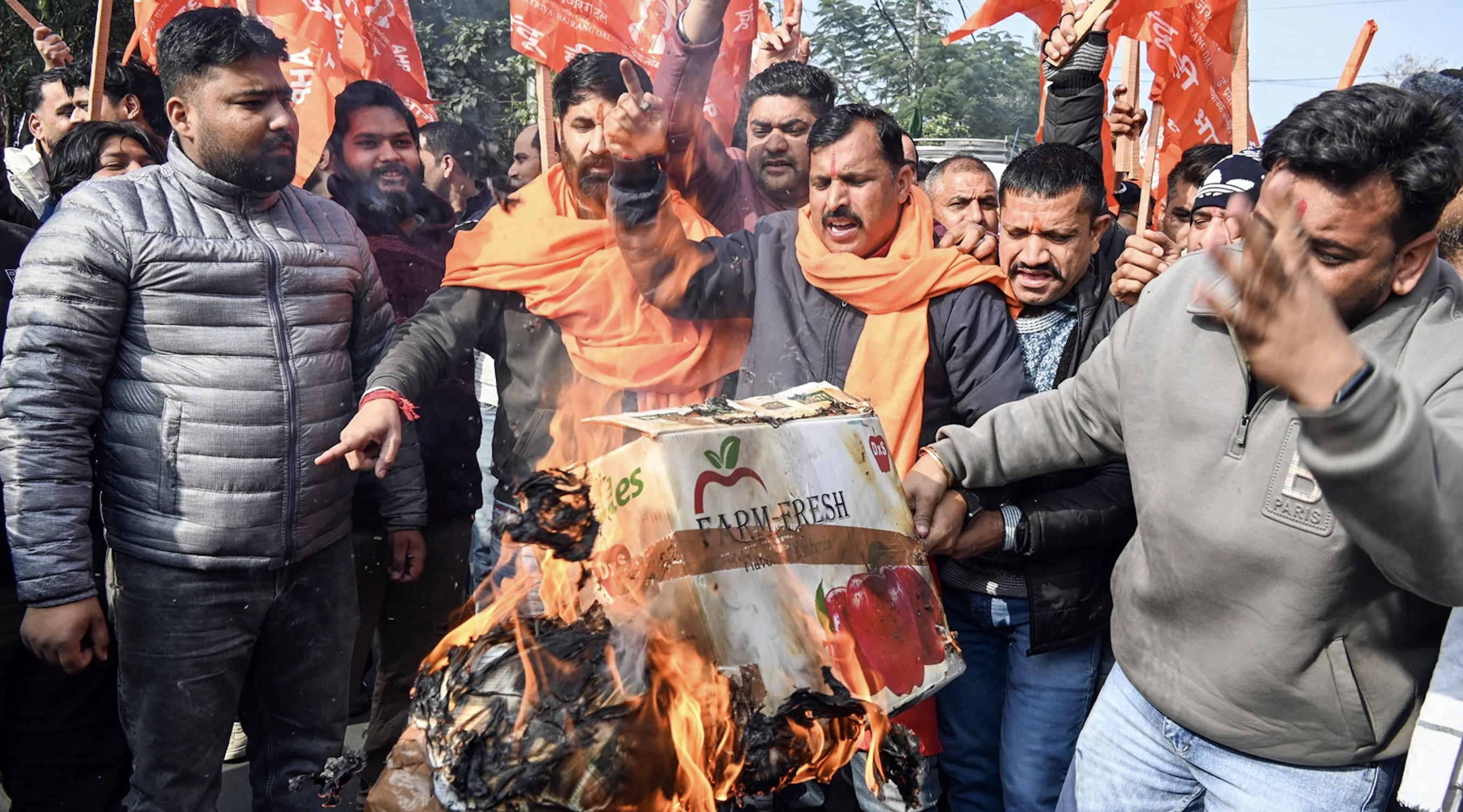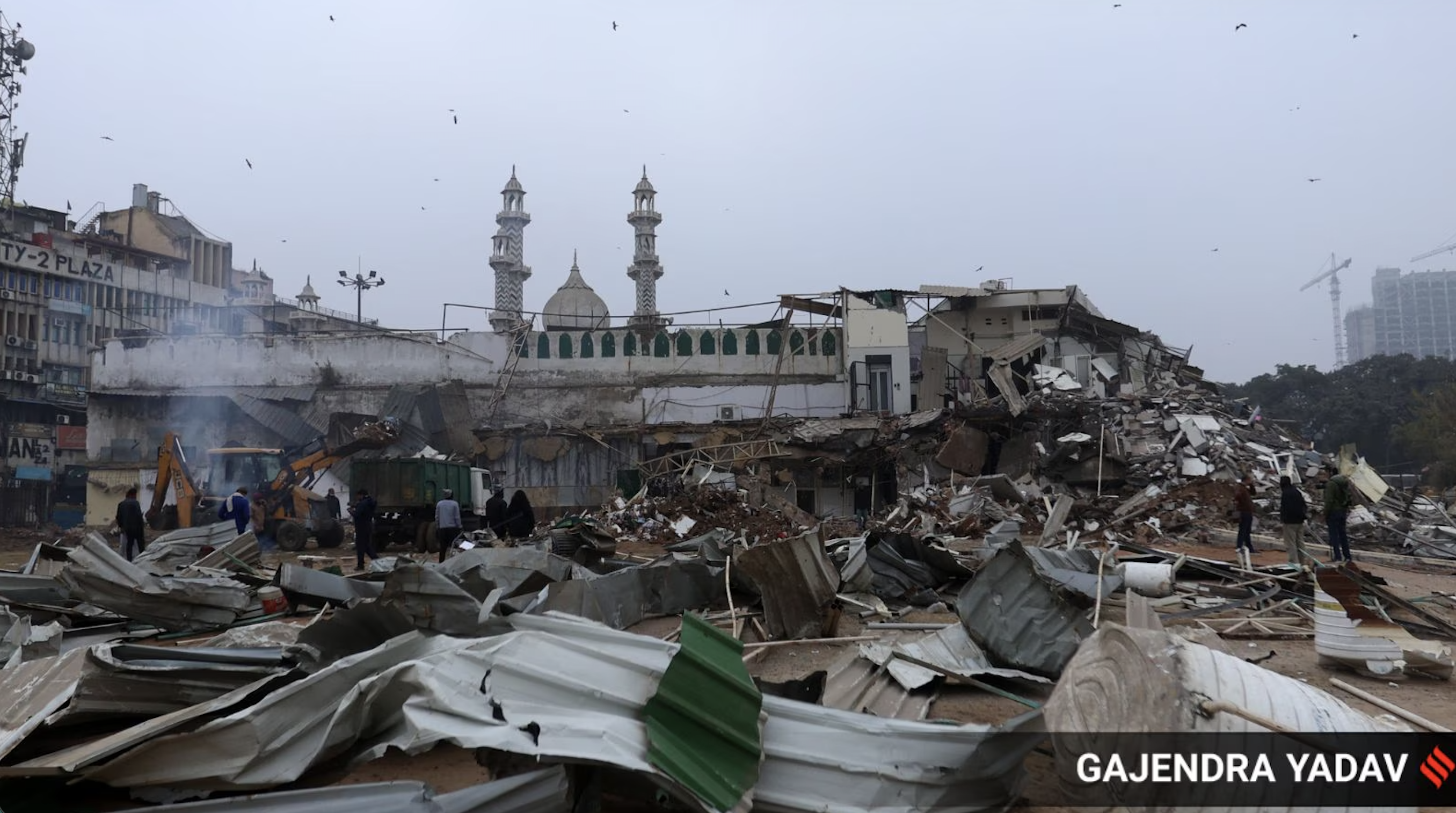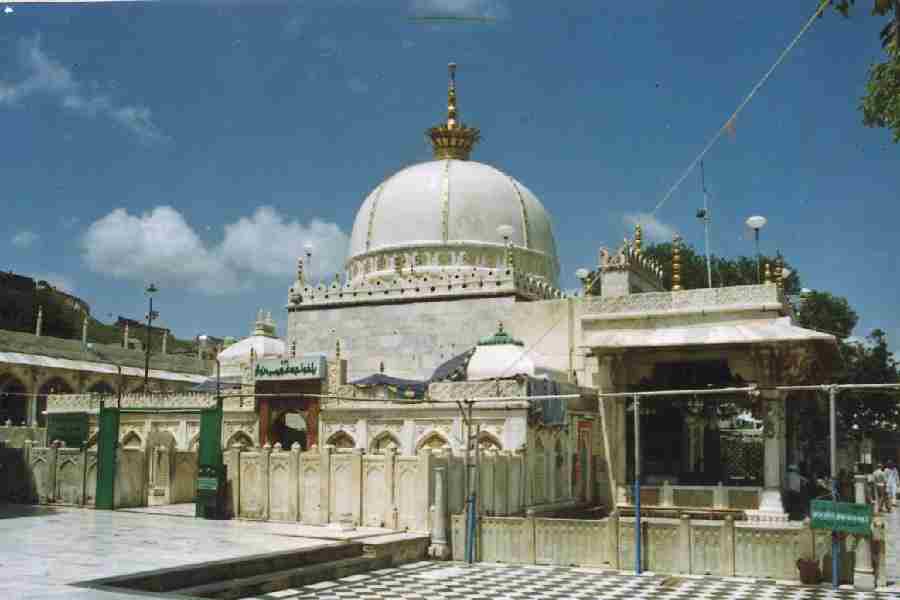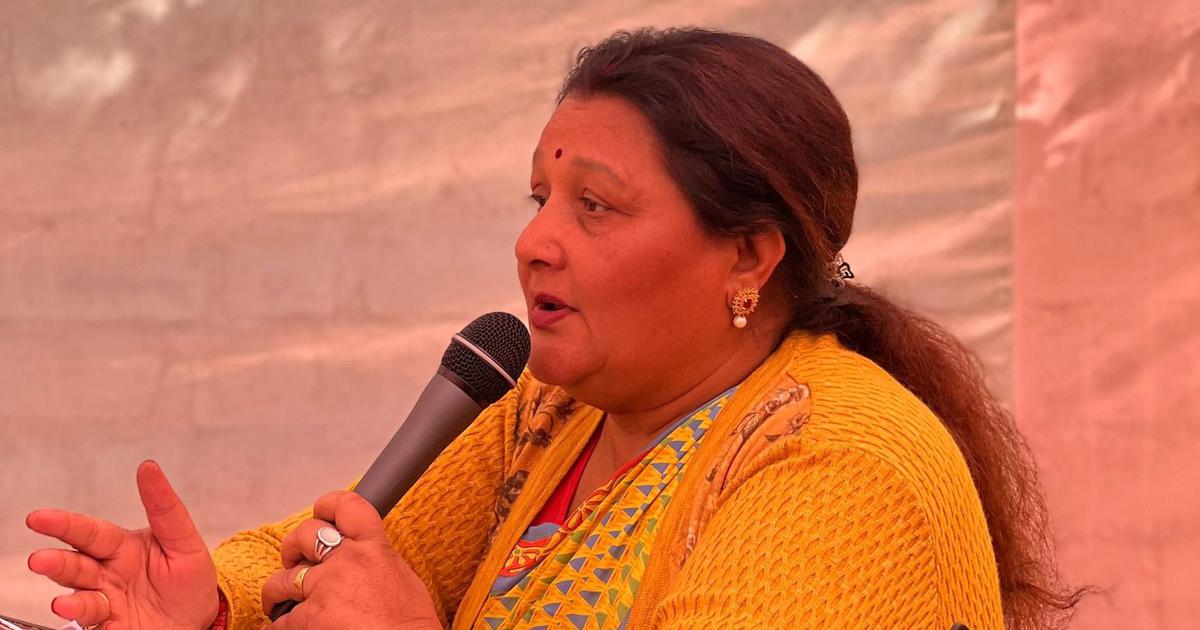
By Badri Raina
The honourable deputy chief minister of Gujarat has unleashed an interesting formulation.
In a speech at an event organised by that well-known defender of the Constitution, the Vishwa Hindu Parishad, he has shamed civil society busybodies into realising that democracy and secularism in India exist only because ours is a Hindu majority nation. He has cautioned that if Hindus were to be reduced to a minority, or indeed if the Muslim population were just to increase, such talk would disappear and “nothing would remain”.
The question that the minister needs to answer is this: why, then, is there so much concern about the future of the constitution and of secularism when India is such a preponderantly Hindu majority nation?
After all, India did not become a Hindu majority nation only over the last seven years.
Given that obvious fact, why did the future of the constitution and of secularism not bother so many Indians prior to the life of the current regime?
In other words, what explains the fact that today it is not only self-appointed citizen-watchdogs – academics, public intellectuals, journalists, voluntary organisations, et al – but also judges of various courts who find themselves obliged to address the issue of secular-constitutional verities and of patently coloured arraignments and prosecutions with increasing frequency?
Indeed, why should an honourable justice of the Supreme Court the other day have spoken pointedly of the need for citizens to speak “truth to power,” noting that totalitarian governments tend to rely on “falsehoods” which must be constantly exposed. Just to cite one such anxious admonition among many in recent days of our national life.
The answer to the denominational argument advanced by the deputy chief minister of Gujarat is really both simple and distressingly obvious: India is no longer just a Hindu majority nation but a Hindutva-driven one.
And the two, alas, are not the same kettle of fish – just as Sufism and Wahabism are not the same either, much as the right-wing would like us to believe that they are.
Being Hindu is only a given fact of demography, one that is internally differentiated by diverse social groups (which the honourable prime minister flaunted at the time of his recent cabinet expansion).
Hindutva, conversely, is a culturally weaponised Hinduism that does not mean just to rest in a time-honoured co-existence with non-Hindu Indians, under the aegis of the constitution, but to obtain a racially and religiously dominant state as envisaged by their slogan of ‘Hindi, Hindu, Hindustan’.
That this project is clearly seen by many, including honourable judges of the courts, as inimical to the letter and spirit of the constitution – given by “we the people” to ourselves without regard to any preferential rights to any one denomination (save such provisions that protect the rights of minorities of diverse definition) – tells us why it is not enough to plead the good Hindu cause as self-evidently as the deputy chief minister seeks to do.
Repercussions
It is clear that a Hindu majority is not the same thing as Hindutva majoritarianism. That is the thankful reason why a majority of Hindus still refuse to vote for the ruling BJP.
Had the two been one and the same, the party ought to have polled more heavily than the 37% that it did in the 2019 parliamentary elections.
That this political shift from a Hindu majority to a Hindutva majoritarian nation, if allowed to carry on, bids fair to thwart India’s celebrated salad-bowl pluralism with grave consequences becomes apparent with each day that passes.
Take the fraught state of Jammu and Kashmir.
It is an everyday lauded fact that the unique cultural strength of the state has for centuries resided in what is called its Sufi-Rishi spirituality – a beloved reality that this writer has been fortunate to experience during the 20 years he resided in the Valley.
Recall that the late Sheikh Mohammed Abdullah had this to say to the Muslim League when invited to throw the Kashmiri lot with the Muslim dominion of Pakistan: “What can a sufi Kashmir have to do with a theocratic Pakistan?’.
A matrix that explains why, when Muslim co-religionists invaded the state in 1947, in the absence yet of either the Accession or an Indian army, Muslim Kashmiris, a preponderant majority, took under their wing minuscule Pandits and other Kashmiri Hindus, and stood rock-like to deny the invader his wish.
And, do note that I speak as witness to that history, even if only as a six-year-old child.
Sadly, if anything, the Jammu province was not to demonstrate a fraternalism of the same invaluable and ideologically principled kind.
Not for nothing was Gandhi to observe that the only light he saw in the darkness of those days was in Kashmir.
Why has it then been the case that forces inimical to Sufi Islam have been gathering momentum in that unfortunate part of India? Might it not be the case that Kashmiris view the possibility of a theocratic India with the same disquiet that turned them away from allegiance to the idea of Pakistan? This was an eventuality that Sheikh Abdullah had both envisioned and agonised about.
Is it not an irony, therefore, that the powers-that-be have lately realised the need to once again project and give fillip to Kashmiri Sufism? That this is another canny move is suggested by the fact that the need for inaugurating a corresponding Sufi-Bhakti culture in the mainland is nowhere on the cards.
Consider that Sufism in the first place emerged as a spiritually-grounded protest movement against the gumption and excess of rule way back towards the 13th century.
In one word, what did the Sufis teach? That, as in the body of the Greek concept of agape, God’s love for all human beings and all things created is infinite and non-discriminatory; that to be Sufi is to seek communion with that love through abjuration of material ambitions and rejection of autocratic power, meditation, a simple and lived piety, a celebratory veneration of saints at their mazars, and the music of trance. All of this issues from a willing surrender to God’s non-sectarian immanence.
All of which is celebrated in the poetry of Kashmiri mystics from Lal Ded and Sheikh Nooruddin well into our day.
But, here is the catch:
Can such a project in Kashmir flourish alongside an aggressive Hindutva on the mainland?
Even scions of the ruling BJP acknowledge off and on, even if as a politic gesture, the extraordinary acumen of youthful Kashmiris.
The question that begs itself, then, is how may such Kashmiri youth be expected to embrace, especially on official diktat, a renewed Sufism in the teeth of what they see transpiring on the mainland with sickening continuance?
Were one to recount the story here only from the time of the northeast Delhi riots, the enumeration would still be gruesome: genocidal slogans at Jantar Mantar, the most recent lynchings at Indore and Ujjain, racially exclusionary declamations at Dwarka and neighbourhoods in Moradabad, Meerut, etc., would hardly be inducements to Kashmiri youth to follow Sufism while Hindutva does its work unimpeded.
And what may they be expected to think of the daily news of name-changes of cities, towns, monuments, etc. – including now the proposed transmogrification of Aligarh into Harigarh – all informed by one single sectarian purpose?
This clearly is not what Hinduism was until seven years ago.
Not to speak of the imperial way in which promises made to Kashmiris at the time of Accession were junked overnight without as much as a democratic-constitutional say-so, and humiliated into becoming sundered and stunted Union Territories, governed by a nominated head?
Invited to go Sufi again, they do not see an Amir Khusro, a Meera, a Tuka Ram, a Narsi Mehta, a Kabir, a Nanak, a Bule Shah, a Baba Farid, the sufi Bauls of Bengal, the minstrels of the heartland, and the many other Hindu scions of the Bhakti movement and tradition being foregrounded in the mainland as they are invited to foreground the Sufis in Kashmir
They only hear the political war-cry of “Jai Shri Ram” being pressed into the service of denominational homogenisation.
In that war-cry they recognise maryada purushottam Ram not as one of whom Indian Muslim poets have written with devotion and veneration – but a Shatriya warrior out for conquest.
Where else may then non-sectarian and democratic citizens go for redress but to the solemn covenant the Republic once made with all Indians?
Put simply, unless we learn to do unto others as we would like others to do unto us, fake laments and corny projects bereft of soul and substance in the genius of governance have few prospects of being either persuasive or implementable.
Lastly, why does one smell a rather irritated pique in the way the deputy chief minister makes mention of the constitution and secularism? Is that tone itself perhaps a give-away?
This story first appeared on thewire.in






